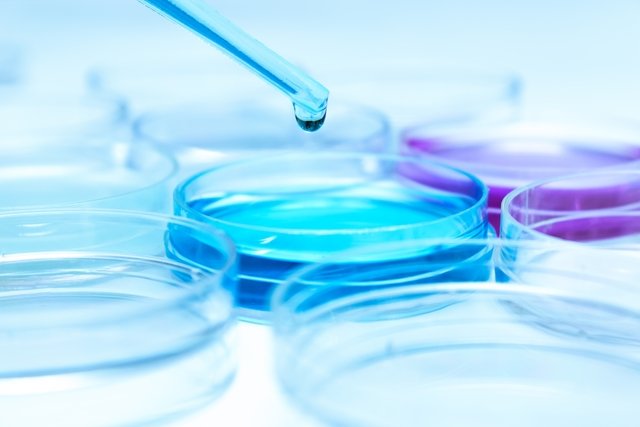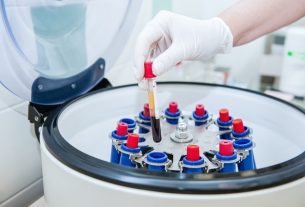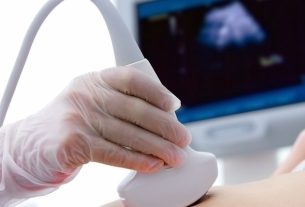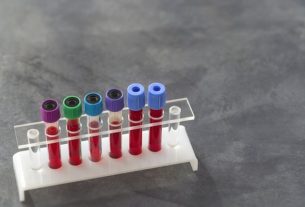Sperm culture is an exam that aims to check the presence of microorganisms responsible for genital infections in men, such as Neisseria gonorrhoeae, Gardnerella spp., Escherichia colifor example, which may be related to prostatitis, urethritis and epididymitis, for example.
To carry out this exam it is not necessary to be sexually abstinent, however it is important to ensure that the collection is carried out safely, avoiding contamination of the sample, which is why it is recommended that the penis be sanitized before collection through masturbation.
The sperm culture result indicates the presence or absence of infectious agents. If the result is positive, an antibiogram is normally performed to check the most appropriate antibiotic to treat the infection.

What is it for
Sperm culture is a laboratory test that serves to diagnose infections caused by bacteria or fungi in the male reproductive system, mainly in the accessory glands. Thus, sperm culture may be indicated to investigate prostatitis, prostovesiculitis, epididymitis, urethritis or the cause of the increased amount of leukocytes in the urine, for example.
What is the difference between sperm culture and spermogram?
The spermogram is an exam in which semen is analyzed and the quantity and quality of spermatozoa are assessed, in order to understand the fertilization potential of the female egg. This examination is generally carried out when it is necessary to evaluate the functions of the testicles and seminal glands, after vasectomy surgery, or when a fertility problem is suspected. See how the spermogram is done.
Sperm culture only analyzes semen in order to detect the presence of pathological microorganisms.
How it is made
Sperm culture is performed from a semen sample, which must be collected through masturbation. To carry out the collection, sexual abstinence is not necessary, it is only recommended that the man urinate before collecting the semen and clean the penis well with soap and running water.
After cleaning the penis, you must use a sterilized collection bottle and collect the semen sample, through masturbation, preferably in the laboratory where the analysis will be carried out and deliver it to the laboratory technician in a closed bottle. If the collection cannot be carried out in the laboratory, the sample must be delivered within a maximum of 2 hours after collection.
The collected sample is processed and analyzed in the laboratory, with a culture being carried out in specific media to encourage the development of fungi and bacteria that may be in increased quantities and be responsible for the signs and symptoms of infection and inflammation in humans.
In some cases, the doctor may also recommend performing a spermogram, type I urine test and/or urine culture together with the sperm culture.
How to understand the result
The sperm culture result indicates the microorganisms found in the semen sample evaluated and their quantity. The presence of non-pathogenic microorganisms, which are part of the normal microbiota, such as Streptococcus viridans, Corynebacterium spp. e Coagulase-negative Staphylococcusin an amount of up to 5000 colony forming units per mL (CFU/mL).
However, when values above 5000 CFU/mL are identified or when the presence of pathogenic bacteria such as Neisseria gonorrhoeae, Gardnerella spp., Escherichia coli, Proteus spp., Klebsiella spp., Serratia spp., or Enterobacter spp., for example, is considered an infection, and an antibiogram is normally performed with the aim of identifying the most appropriate antibiotic to treat the infection.
However, in cases where the result is negative and the man has signs and symptoms of infection, the doctor may recommend more specific tests, since sperm culture is not capable of identifying infection by Chlamydia trachomatis, Mycoplasma hominis e Ureaplasma urealyticumfor example.

Sign up for our newsletter and stay up to date with exclusive news
that can transform your routine!
Warning: Undefined array key "title" in /home/storelat/public_html/wp-content/plugins/link-whisper-premium/templates/frontend/related-posts.php on line 12
Warning: Undefined array key "title_tag" in /home/storelat/public_html/wp-content/plugins/link-whisper-premium/templates/frontend/related-posts.php on line 13



